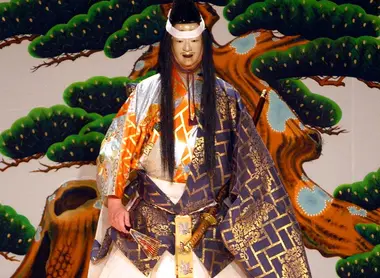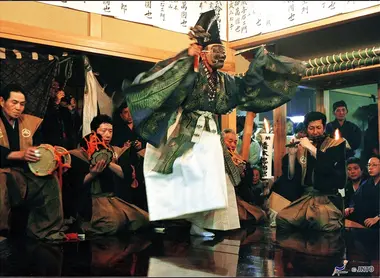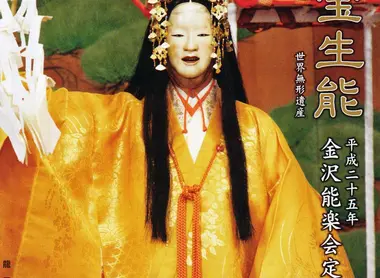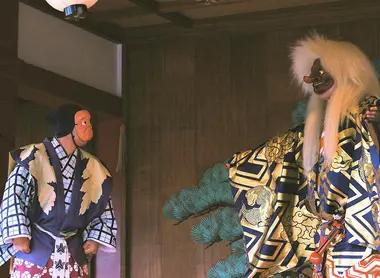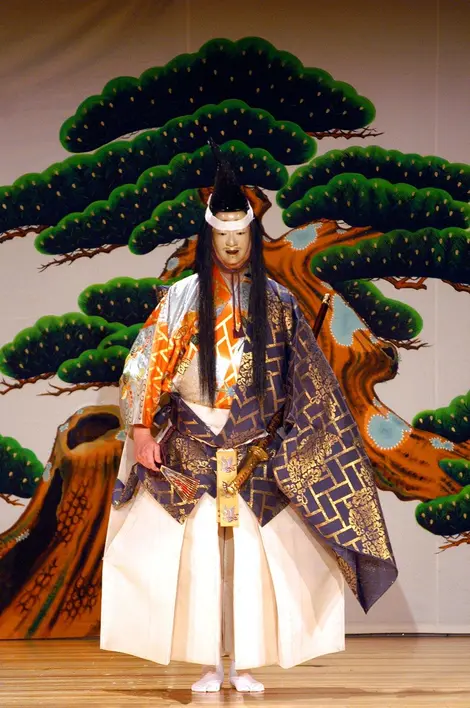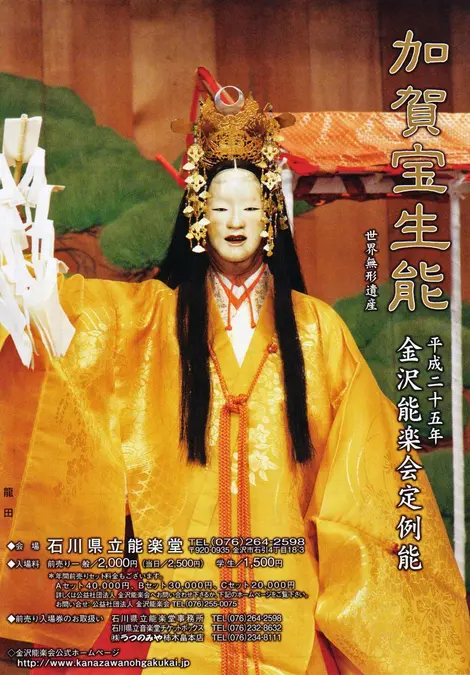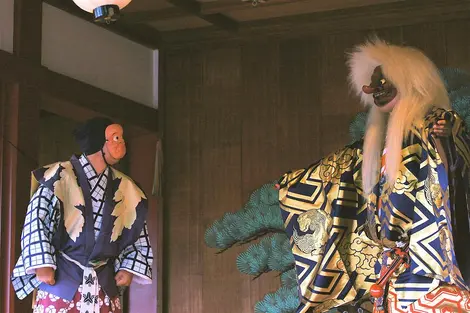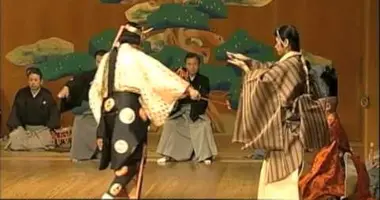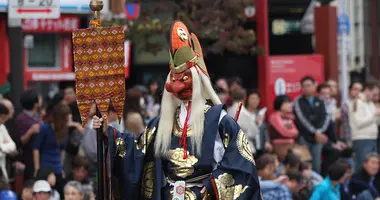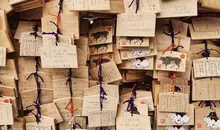The No theater 能
- Veröffentlicht am : 06/09/2017
- Von : J.L.T.B.
- Youtube
Subtil et mystérieux
Illustre forme du théâtre classique japonais, le nôreprésente, dans une esthétique elliptique et allusive un temps poétique, undrame subtil associant le chant et la danse à un texte lyrique. Le nô a faillidisparaître une première fois avec l’avènement de l’ère Meiji, en 1868, quandle Japon a ouvert ses portes à l’Occident et après la Seconde Guerre mondialequand l’ancien empire insulaire fut occupé par les Américains.
The actors, exclusively men, play either the shite "the one who acts", the main character always wearing a mask. Or the waki "the one on the side", a secondary character without a mask. The extreme restraint of their movements characterizes the motionless tension of no.
Immutable rules
Noh comes from sarugaku ("monkey music") of distant Indian and Chinese inspirations and kagura (sacred dance of Shinto ). The term no meaning "action" or "virtue" is short for sarugakuno no. It flourished in the era of the Shogun (XIV th -XVI th centuries). Noh quickly becomes the spectacle of the warrior aristocracy. It symbolizes an immutable tradition today, thanks to the theorist and playwright Zeami (1363-1443) who codified the main principles of this art. His treatises remain a reference.
Read: Kyoto Kanze Noh Theater
The representation of this artistic ritual today remains faithful to the rules established more than six centuries ago. The mask, a sacred element inseparable from the act of no, symbolizes a character or character. The stage, a square bounded by four pillars, does not accommodate any decor. The musicians, three or four instrumentalists (flute and drums), at the back of the stage, prepare the entry of the actor, accompany the song and give rhythm to the dance. The choir, to the right of the stage, comments on the actions and supports the story of the shite. On the left, bordered by three pines, the bridge (hashigakari) passage from the world of the beyond to the temporal allows the actor to arrive on set or perform certain scenes.
Kyogen, the "crazy words"
A day of no includes five pieces each belonging to distinct genres of the repertoire. The votive pieces with a supernatural character or a deity distance the spectator from his daily life; the war pieces; women's pieces revealing the subtle charm of poses and dance; real-world plays inspired by epic dramas; and the final pieces of demons.
Read also: Ishikawa Noh Theater
Such density necessitates comedic interludes. It is a theatrical genre, also exclusively male, called kyogen, literally "crazy words".
Excerpt from a Noh piece, video by JapanSocietyNYC
